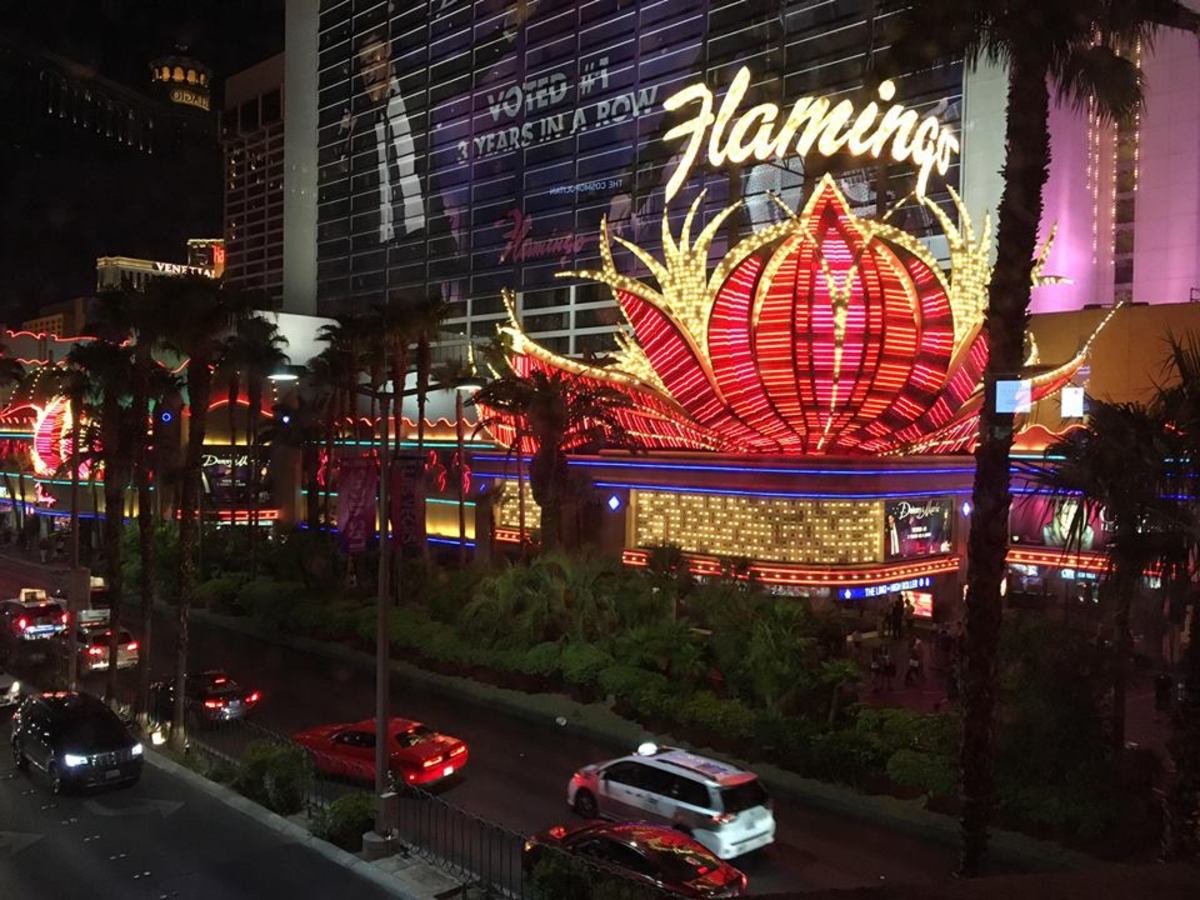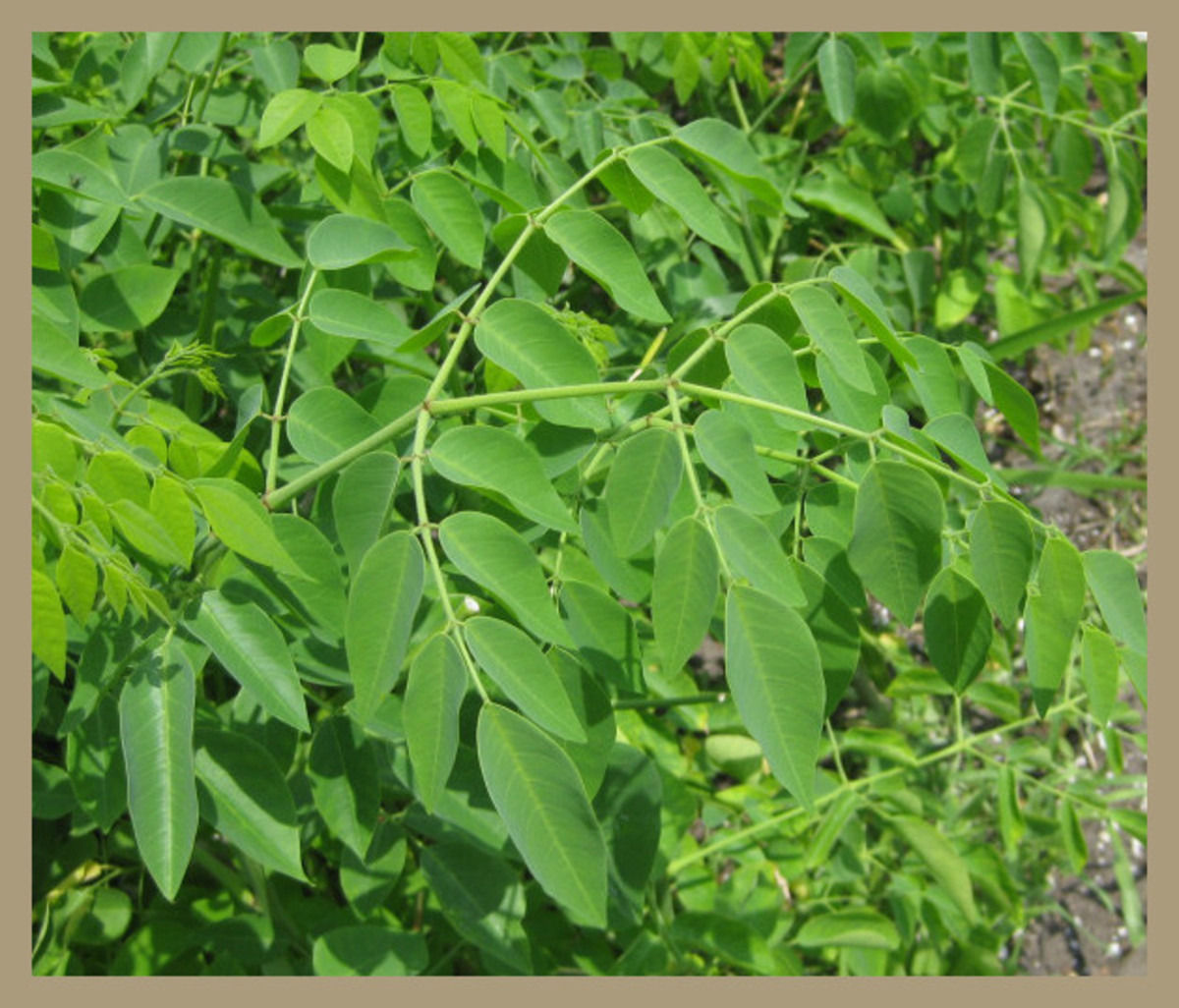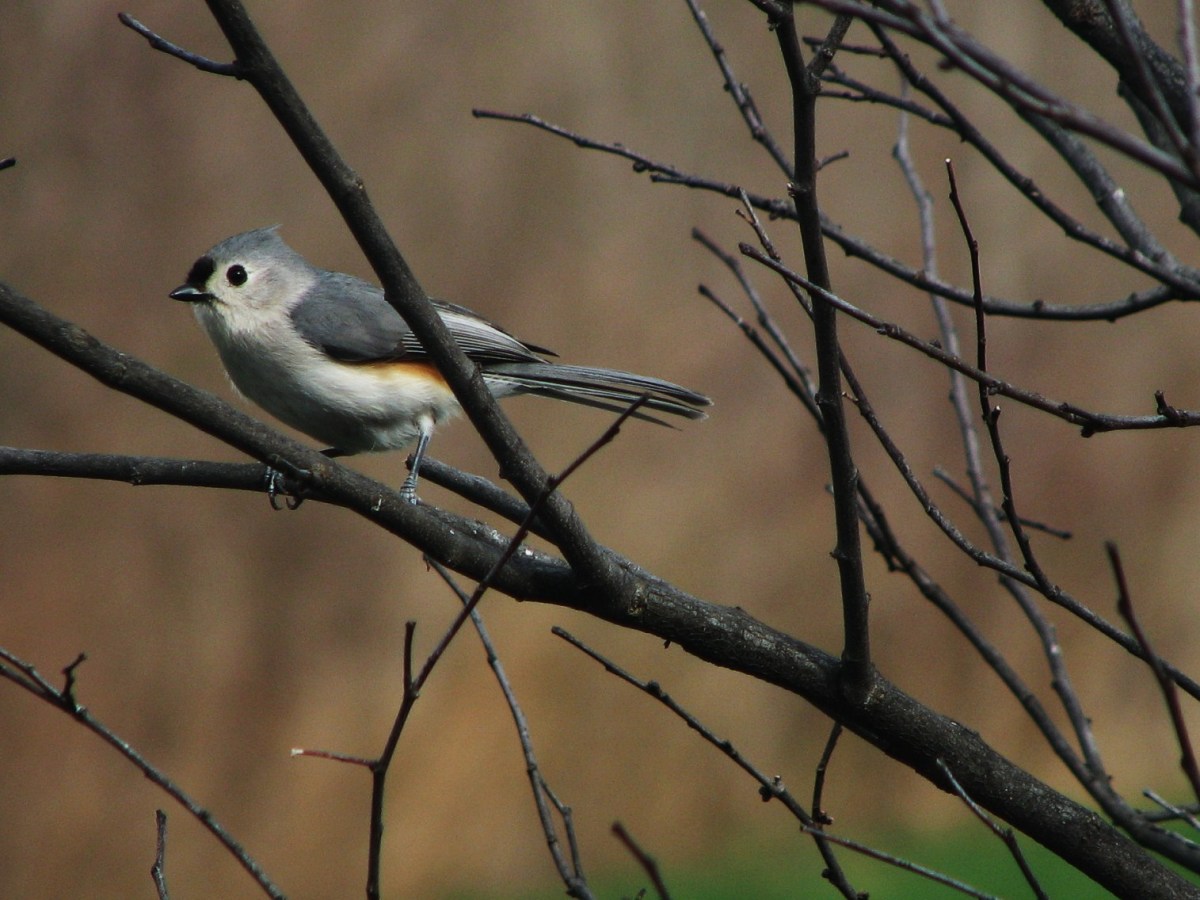African Flamingo
Scientific Name: Phoeniconaias minor
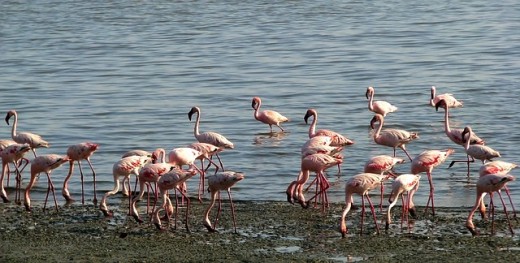
African Flamingo Description
African Flamingos are tall with the males being up to 35 in and the females about 31 in tall. They have a unique looking head that is bent forward and a large bill. They also have a round body that is found on two skinny but very sturdy legs. Many people wonder why this particular flamingo is light pink instead of featuring a dark pink or red coloring. Is the smallest species of flamingo.
This is due to the lower amount of carotene that is found in its diet. The colors will vary based on their diet and what they consume. This is why African Flamingos in different locations can have quite a variation when it comes to their overall coloring. They also have some black on the insides of the features which they show when they fly.
Flamingo Links
- Flamingo Facts. All about Flamingos
Flamingo Facts and Information. Feeding, habitat, distribution, reproduction, anatomy and more. Facts about Species like the Greater Flamingo, Lesser Flamingo, American Flamingo and others.
African Flamingo Anatomy
Many people will argue that flamingos can’t fly but all of the species can. They tend to do so mainly at night but they can during the day as well. The do look kind of silly though with those long legs stretched out. They will only fly when there is sufficient wind to help them move without using too much energy.
They have different formations that they can follow as well. This will help to ensure they are able to use the direction of the wind to their advantage. The young African Flamingos will be ready to fly when they are about 11 weeks old. Their young bodies develop very fast and it can often be hard to tell the young from the adults when you are viewing a flock.
Don’t worry about those long legs of the African Flamingo not allowing them to be able to stand up like they should. They are very strong and they keep them balanced. Sometimes you will see them standing on one leg. This is to help them with circulation and when they need to change their body temperature.
African Flamingo Evolution
Even though we are positive that birds have been on the Earth for millions of years, we don’t have all of the details about them and their past. Many of those today have evolved from those that roamed Earth along with the dinosaurs. Perhaps the African Flamingo is derived from one of them. One of the biggest beliefs is that their filtering feeding system and the environment they are able to live in is so different from other animals that they are definitely the result of evolution.
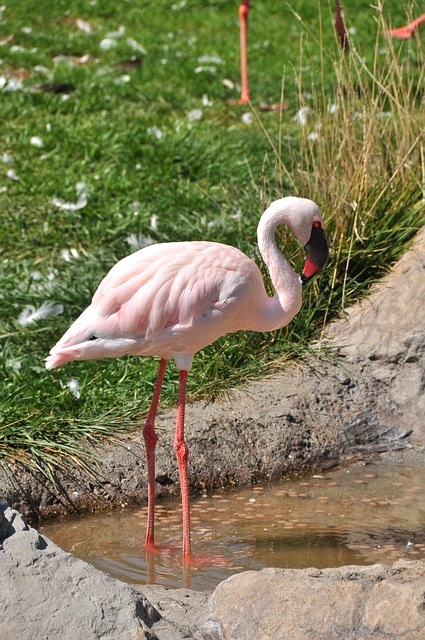
Interesting Links
- Tiger Facts
Tiger Facts and Information. Feeding, habitat, distribution, reproduction, anatomy and more. Facts about Species like the Siberian Tiger, Bengal Tiger, Sumatran Tiger and many others. - Penguin Facts, Emperor Penguins, Adelie Penguins, King Penguins
Penguin Facts and Information. Feeding, habitat, distribution, reproduction, anatomy and more. Facts about Species like the Emperor Penguin, King Penguin, Humboldt Penguin and many others. - Walrus Facts
Walrus Facts and Information. Feeding, habitat, distribution, reproduction, anatomy and more. Also, the conservation efforts made to preserve Walruses and how humans have interacted with Walruses.
African Flamingo Behavior
There are many great types of behavior out there that the African Flamingo takes part in. These include flapping their wings, preening, and even marching. What is so interesting about these behaviors is that the entire flock will take part in them at the same time. It is something worth watching if you ever get the opportunity to do so.
African Flamingos are very noisy as well. They will chatter up a storm with each other. They love the social interaction. This is one type of bird that will fail to survive without that intellectual interaction. They often don’t eat and they won’t breed if there isn’t a very large number of them around. This has been very important for them to successfully thrive in captivity as well. They can live as long as 50 years.
African Flamingo Habitat
The African Flamingo lives in areas where there is mainly warm temperatures. This includes the tropical. And sub tropical regions. Those that live in areas where it does turn colder for the winter months will have to migrate. Otherwise they risk not being able to have adequate sources of food available to them. They will return the following spring though to their native areas.
Those that have all the food they need and warm enough temperatures year round will remain in that location all the time. This could be where the idea that these birds aren’t able to fly developed. The live in areas where other types of animals can rarely survive and that is an advantage for them. It means that they won’t have to share with those other forms of life.
They live in bodies of water that don’t have very much acid in them. They need to have salt in the water. They also need wetlands and marshes around so that they have mud for their nests. Common regions to find these flamingos include Europe, Africa, and India.
Flamingos in South Africa
- Orangutan Facts, Bornean Orangutan, Sumatran Orangutan
Orangutan Facts and Information. Feeding, habitat, distribution, reproduction, anatomy and more. Facts about Species like the Sumatran Orangutan, Bornean Orangutan and many others. - Elephant Facts
Elephant Facts and Information. Feeding, habitat, distribution, reproduction, anatomy and more. Facts about the African Elephant and the Asian Elephant and the conservation efforts made to preserve Elephants.
African Flamingo Feeding Habits
They have some feeding habits that are different from other life forms as well. Did you know they consume both plants and meat? They get plenty of nutrients from the algae and other plants in the water. They also consume types of meat including mollusks, crustaceans, and worms.
What they eat though isn’t nearly as interesting as how they eat. They have a filtering system. This process involves them having to turn their heads upside down and then the filtering will begin. They are able to take in food along with water and then to push the water back out of it. This can take several hours of the day to complete. They often take a break though and end up consuming food throughout the day at intervals.
African Flamingo Reproduction
They are ready to mate when they are from 3 to 5 years of age. As I mentioned this will only occur if they have large numbers of them out there. This requires them to have adequate amounts of food and land for them all to be comfortable on. Once they have successfully mated all of the females will start the process of taking mud and creating nests with it. This can take a very long time to complete as they will be from one to three feet off the ground when completed.
A single egg is deposited into the nest and then it will hatch about 30 days later. The offspring look very different from their parents. First, they don’t have the pinkish color as much. This will come as they consume their own foods later on. They also don’t have the curve of the bill that is needed for their filtering system to work. They will be fed partially digested food from their parents until they are able to feed themselves.
Baboon vs Flamingo
African Flamingo Predators
The only real predator for the African Flamingo to worry about in the wild is the eagle. Generally this won’t be a problem though unless they are in flight. This could be why they tend to fly lower during the day and mainly fly at night.
They do have some problems though due to humans. Many people don’t think twice about clearing out those areas for themselves. They end up destroying the areas where these animals area able to live. Sometimes when these birds have migrated they attempt to return but to find that their home has been completely destroyed.
Pollution and global warming are problems for them as well. With pollution they can end up with not enough food to eat and then have to move on. They may have to break up into smaller groups in order to survive but that isn’t good for their overall well being. Global warming can result in these areas of water where they live to end up being completely drying up.

